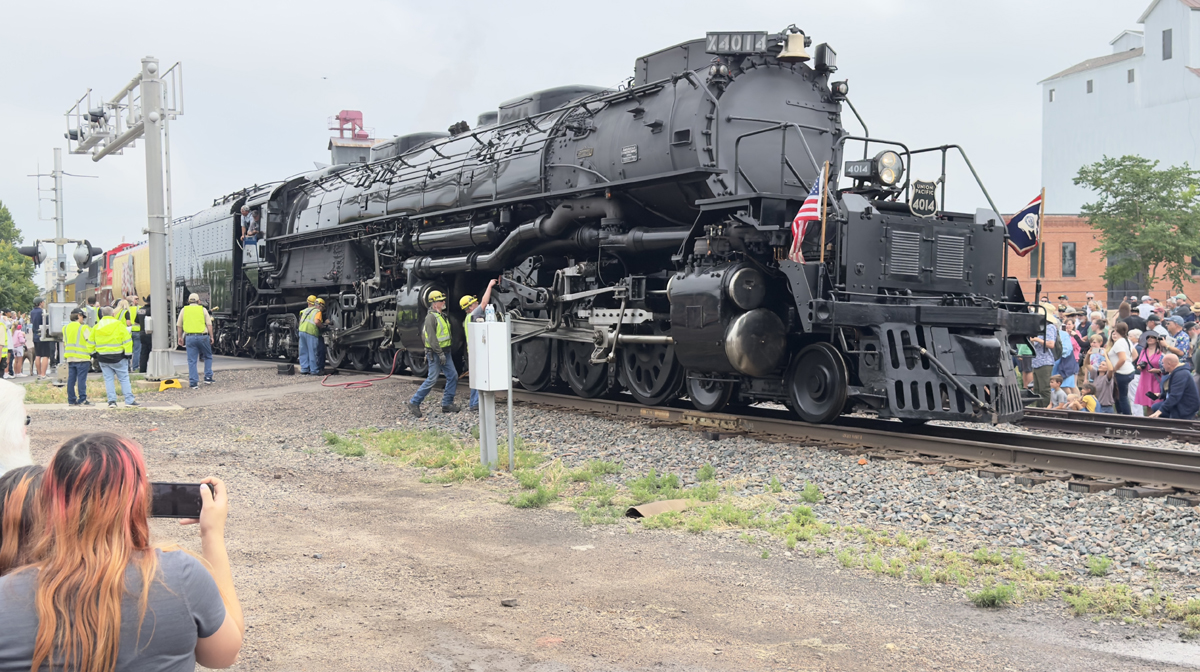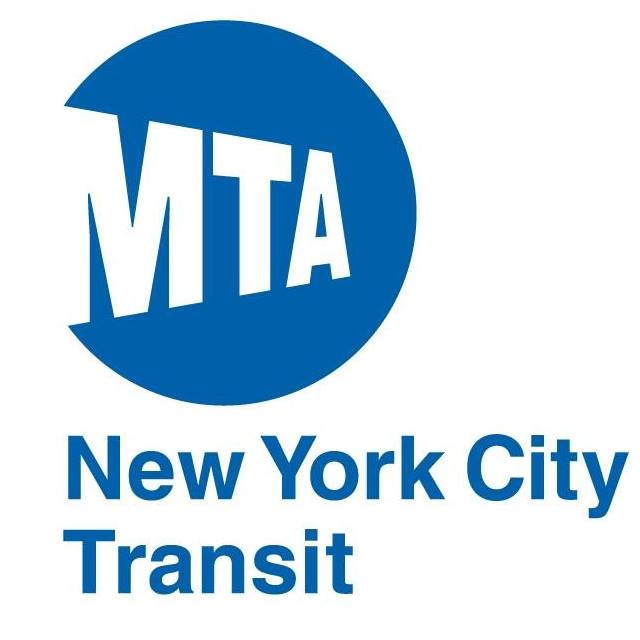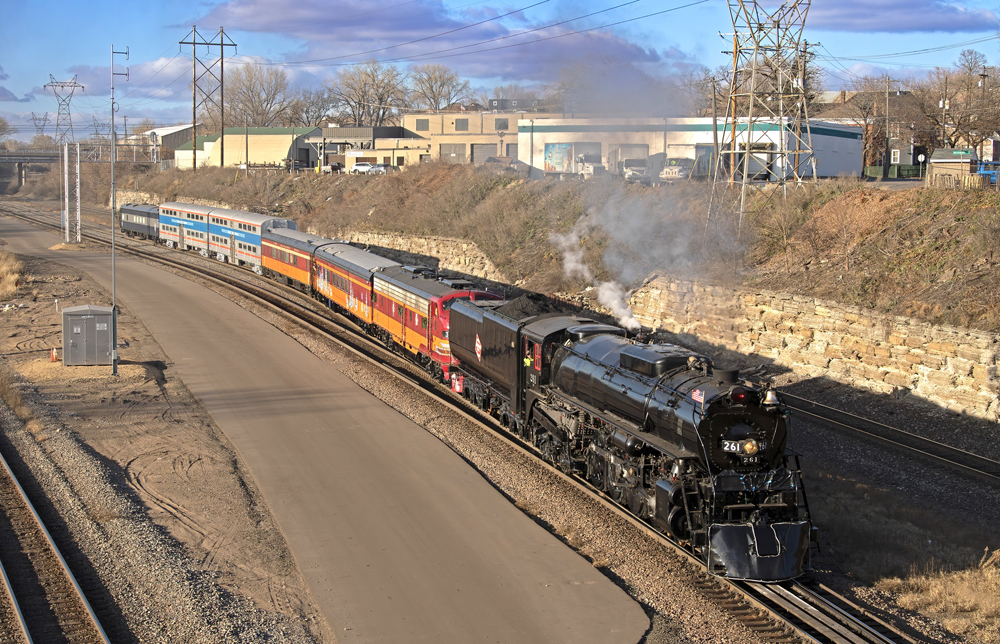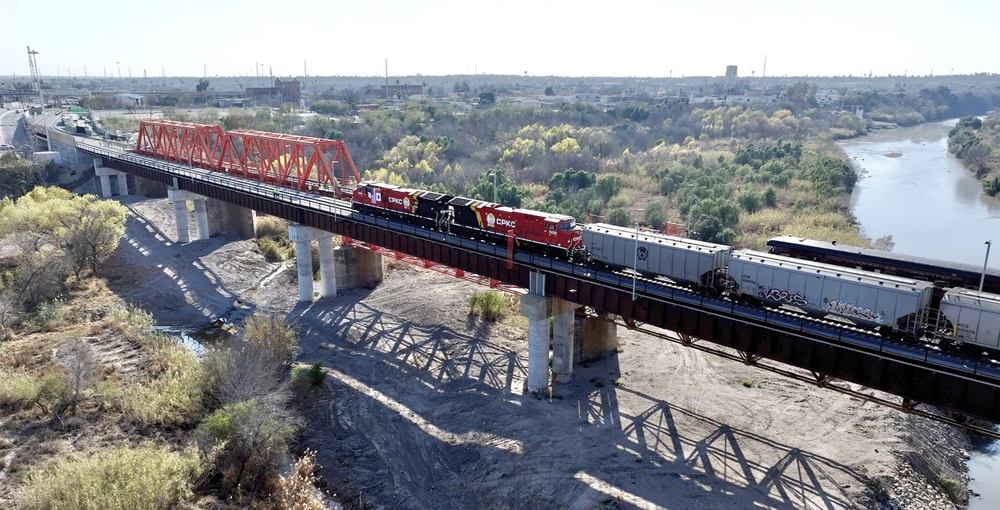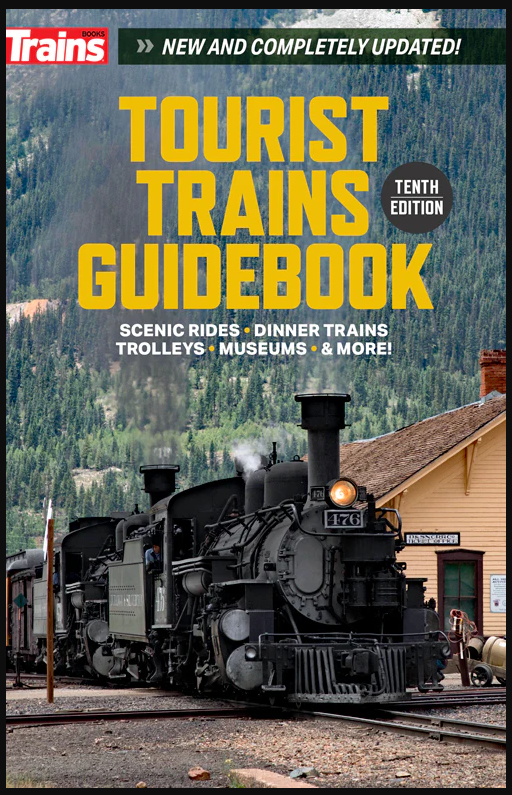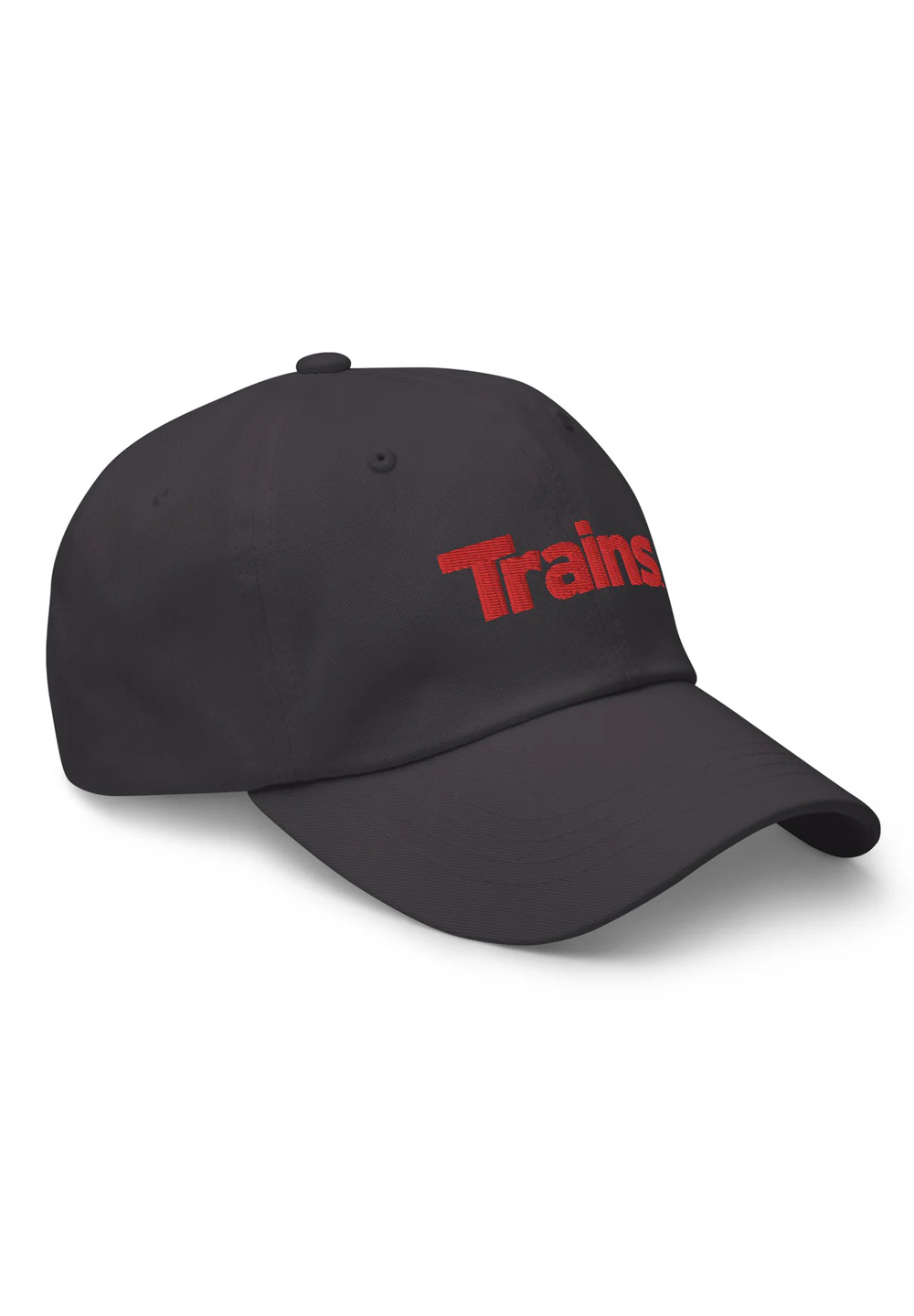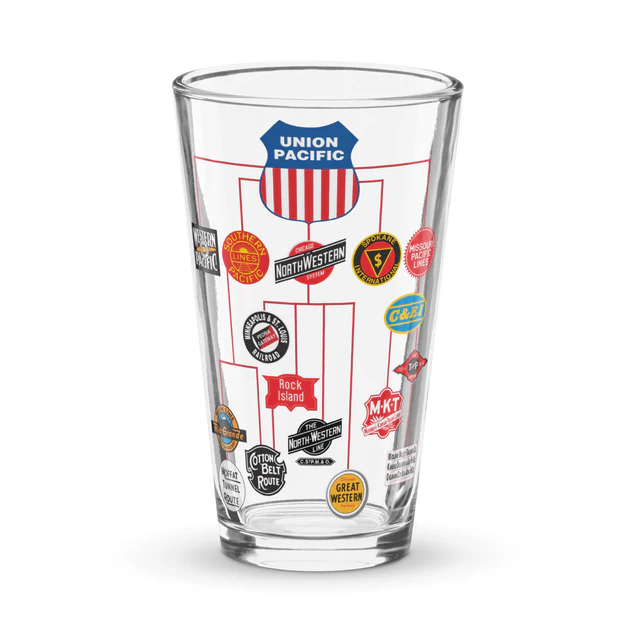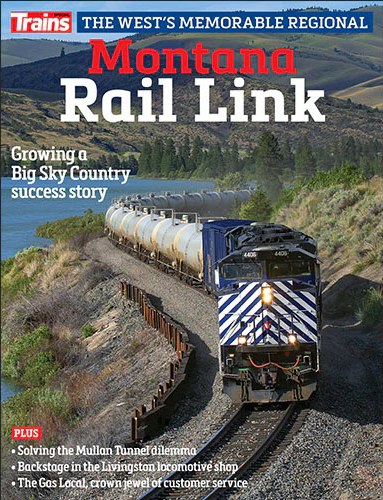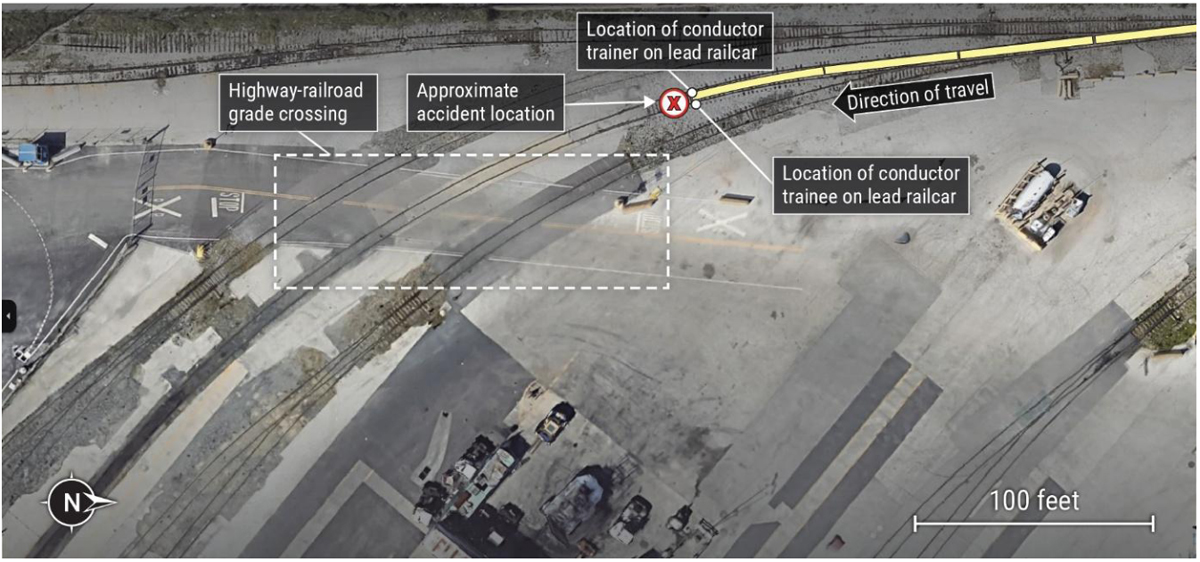
WASHINGTON — The death of a CSX conductor trainee in a June 2023 incident in Baltimore is an indication of broader safety and training gaps in the rail industry, the National Transportation Safety Board said in releasing its final investigation report today (July 17, 2025).
In the June 26, 2023, incident, an individual in phase II of conductor training was killed when he fell from an intermodal railcar during a shoving move at the Seagirt Marine Terminal, and was struck by the train he had been riding. [See “NTSB investigating CSX employee death …,” Trains News Wire, June 27, 2023].
The NTSB report says its investigation found the trainee was in an unsafe riding position during the move, leaving him vulnerable to slipping and falling into the train’s path. Contributing factors, the report says, were deficient CSX operating rules, which did not provide adequate protection against slipping; deficient CSX training, which not adequately address how to safely ride on intermodal railcars; and a lack of federal research to help address safe riding practices.
“The only number of acceptable railway worker deaths is zero,” NTSB Chairwoman Jennifer Homendy said in a press release. “Our investigations consistently show that improving safety means making sure that rail workers are adequately trained and clear safety practices are essential.”
The investigation led the NTSB to issue five safety recommendations, two each to CSX and the Federal Railroad Administration, and one to all Class I railroads.
To CSX, it recommended revising operating rules to instruct employees how to safely ride all types of railcars, and to provide initial and annual training on those revised rules. To the FRA, the NTSB recommended research to determine where crew members riding a car can best place their hands and feet on safety appliances such as handholds and steps, and to issue guidance based on that research and encourage railroads to revise rules and training accordingly. And it called on all Class I railroads to prohibit employees from riding equipment with their feet on safety appliances that restrict foot placement.
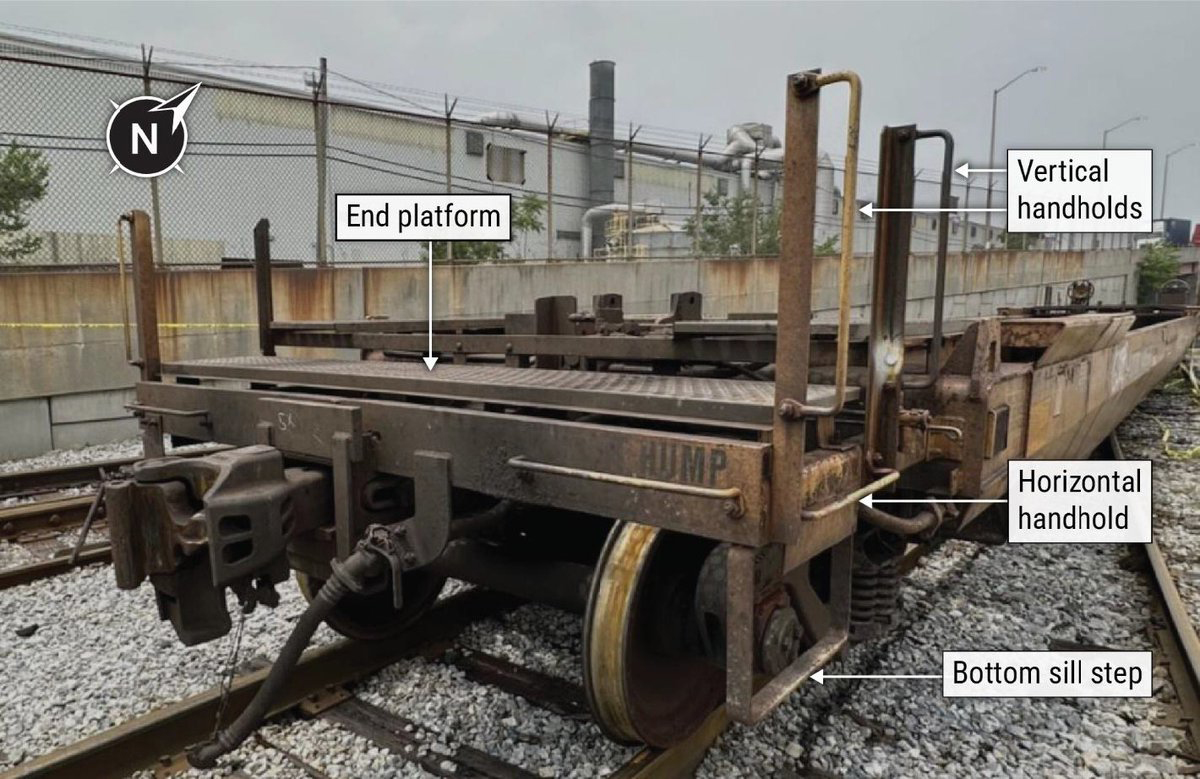
In a statement to News Wire, CSX said it “appreciates the work of the NTSB in connection with the incident in Baltimore and looks forward to reviewing and responding to the NTSB’s Safety Recommendations.”
The accident occurred about 8:06 p.m., and involved a train of two locomotives and 15 intermodal railcars with a crew of three: the engineer, a conductor trainer, and a conductor trainee. After the trainee radioed the engineer to stop within five car lengths, the trainee slipped as slack action occurred, and fell into the train’s path. Emergency medical personnel arrived about 20 minutes and pronounced the trainee deceased.
As a result of the accident, CSX issued a safety alert to employees addressing responsibilities of employee trainers and rules for riding equipment. CSX and the SMART-TD union subsequently announced an agreement to extend the CSX conductor program from four to five weeks [see “CSX, SMART-TD agree …,” News Wire, July 31, 2025]. CSX also added new proficiency requirements for conductor trainees, and added an intermodal car to equipment used at its training facility.
The FRA responded to the accident with a safety bulletin encouraging railroads to identify locatlon-specific safety issues and to train or retrain employees to increase awareness of the dangers of riding moving equipment. The bulletin called for railroads to review their training programs to ensure they are adequate for employee trainers, and that trainees have been properly instructed and are continuously monitored for compliance and safety. The FRA’s Switching Operations Fatality Analysis Working Group also published alerts on July 1, 2023, and Aug. 11, 2023, highlighting the accident and urging workers to remain vigilant during switching moves and to ensure shoving moves are performed safely.






